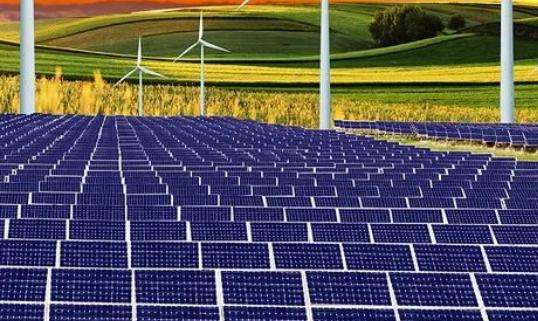1. Activity goals:
1. On the basis of learning to use square paper to make windmills, boldly try to use a variety of regular graphic papers to make windmills.
2. Be able to perceive the relationship between the structure of the windmill and its rotation, and understand the principle of windmill rotation.
2. Activity preparation:
1. Several finished paper pinwheels of various shapes.
2. Several colored papers with various regular graphic shapes.
3. Auxiliary materials: straws, plasticine, scissors, glue, pins.
4. Arrange the venue: Windmill Exhibition.
3. Activity process:
1. Provide various finished windmills, and the teacher plays with them to arouse children's interest in making.
2. Observe the windmill, analyze the production materials and methods, and guide the children to make it.
Children, let’s take a look at what is on the windmill and what we call them (windmill blades, windmill poles, windmill axles) and talk about it together (children’s answer).
1. Taking the windmill made of square paper as an example, teachers and children discuss and analyze the methods of making windmills.
2 children try to make.
3. Try to use other shapes of paper to make windmills, and explore what shape of paper is more suitable for making windmills.
Assign a task: Let the children be the little doctors of the windmill. Please use your brain: Why does the windmill spin? And some children’s windmills can’t rotate? What shape of paper windmill will rotate and why? Then quietly tell the teacher the secret you discovered. Are you ready, children? Bring all kinds of windmills we made and let’s go!
3. Play with windmills outdoors, and teachers will provide guidance.
4. Teachers and children share their findings together.
Aren’t the children having fun? (Children’s answers) The teacher asked a few children who were not having fun to talk about the problems they encountered.
Xiao You: "Teacher, my windmill won't turn even if I run around..." Guoguo: "Teacher, my windmill always collapses..." Pengpeng : "Teacher, my windmill only spins once I move it, but it won't spin if I don't move it..." Teacher: "Then have you tried running or spinning in circles to help it spin? Peng: " Yes, it just doesn't spin. ”
Teacher summary: If the windmill wants to spin, first it must be made of symmetrical paper, so that both sides of the windmill can be balanced, so that when the wind blows, the force of the wind is equally strong on both sides. It will start to rotate, and if your windmill is symmetrical and you haven't started to rotate yet, it is possible that when making the windmill, the child cut the blade line too far, and there should be more space around the center point. There are some positions for the children when fixing the windmill.The pins are fixed too far, and the pins should be moved further out to make the wind blades look bulging and loose.
1. Write 10 translation phenomena.
2. Write 10 translation phenomena.
3. 100 translation phenomena in life.
4. What are the phenomena of translation and rotation.
1. Translational phenomena include: the movement of elevators, slides, raising the national flag, pulling drawers, boomerangs, train movement, pushing and pulling elevators, tightening nuts with a wrench, water intake from windmills, and the winding of wind turbine blades. axis rotation, etc.
2. Translation refers to moving a figure a certain distance along a certain direction in a plane. Such graphic movement is called translation.
3. Translation in life: the car moves in a straight line on a straight road, the opening and closing of sliding windows, and sliding drawers.
4. Rotation in life: Use a wrench to tighten a nut, a windmill to draw water, and the blades of a wind turbine to rotate around their axis.
5. After translation, the corresponding line segments are parallel (or collinear) and equal, the corresponding angles are equal, and the line segments connected to the corresponding points are parallel and equal.
6. Translation transformation does not change the shape, size and direction of the graphic.














